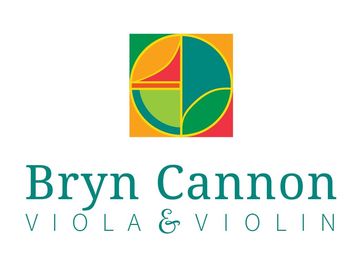 Fingering: One of the first things for more advanced students to do – when the basics I’ve already described become second nature – is look through the music to see what notes go higher than first position. Once you are used to shifting you will be able to figure out a good place to shift up and when to shift down. And if you can figure this out before you get there, you won’t need to stop and figure it out. Articulations, Dynamics, and Other Nuances: For more advanced music and musicians, you’ll want to look at the markings the composer has written into the music – e.g. slurs, staccato or spiccato, up-bows and down-bows; mezzo-pianos and fortes and crescendos; fermatas and caesuras and ritards; and so on. Just take a quick look over the page to be aware of what’s coming up so it won’t take you by surprise. Intervals: Musicians who have had ear training have a huge advantage over those who haven’t. If you’re one of the lucky ones, you can hear intervals in your head when you look at the notes. This helps you anticipate what the next note is going to sound like. When your eyes, ears, and fingers are all helping, you will be much more fluent in your note reading. Scale degrees: For more advanced students, I ask them to look at what note the piece starts on. Where in the scale is that note? Musicians who know their scale degrees and intervals can hear it in their heads, and can hum the music out loud. Eventually, your goal is to read music the way you read a book. You don’t know how the story goes before you turn to Chapter 1, right? But as you read the words, the story unfolds. You can hear the words and get pictures in your mind as you read. Sight reading music is the same: by looking at the music, you will hear it and feel it without playing a single note.
0 Comments
Leave a Reply. |
AuthorQuodlibet: A piece employing several well-known tunes from various sources, performed either simultaneously or in succession. (Schirmer Pocket Manual of Musical Terms) Archives
September 2022
Categories |
|
2024 Bryn Cannon
|

 RSS Feed
RSS Feed